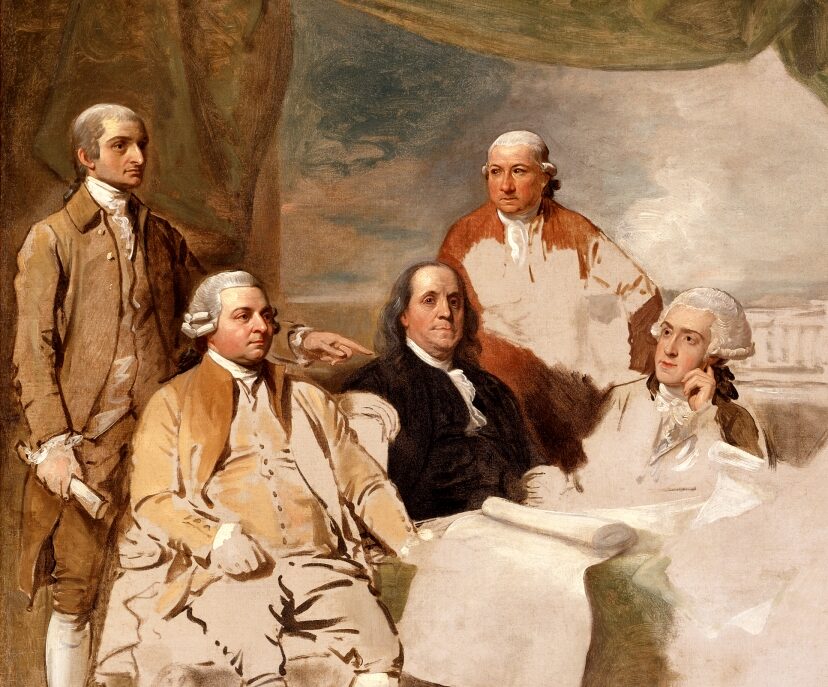Due NOVEMBER 1, 2020
By SUNDAY, NOVEMBER 1 [REVISED], students will submit a 6 to 8 page essay that analyzes a significant diplomatic contribution from an American historical figure (not serving as president) during the period between 1921 and 2001. Students are also required to submit a short companion video for possible extra credit.
- Students don’t need prior approval for their subjects, but they should consult with Prof. Pinsker voluntarily over email.
- You can find suggestions for possibles subjects on this Profiles in Diplomacy page
- Make sure to address a question and devise a thesis statement that can be effectively argued in a short paper. Consult the Methods Center handouts on How to Write a Thesis Statement and How to Frame a Research Question
Each essay should provide background on the person as well as thoughtful context about that period. All essays should use George Herring’s From Colony to Superpower (2008) as a starting point, but they should also employ a wide-ranging combination of other high quality primary and secondary sources.
- All papers should take care to include actual quotations from Herring’s book, especially ones that can help illustrate how to situate the subject within the evolution of US diplomatic history.
- Research effort is critical in an assignment like this. You can find high quality academic sources via our online library catalog or through database resources such as JSTOR and America: History & Life. But always make sure you start with Herring, not only in using his analysis via quotation, but also in consulting his footnotes and Bibliographic essay for leads on other sources.
- Consult our course site web guides for additional help and check out the History research guide from the library
All essays should be typed and double-spaced as a Word or PDF document with title page and Chicago-style footnotes (no bibliography required).
- Make sure you are formatting your footnotes correctly. See this methods handout on How to Use Footnotes and consult as needed with the library’s Chicago-style guide, but make sure to use sample footnote models for formatting and NOT bibliography examples.
- Most important, here are three model profile papers culled from the Student Hall of Fame and submitted for previous versions of this course that everyone should try to review before writing: Brian Krussell, Bound by the Numbers: Robert McNamara (Fall 2009); Moyra Schauffler, Madeleine Albright Profile (Fall 2014) and Becca Solnit, Adlai Stevenson at the UN (Fall 2009).
- Finally, here is a sample outline of a typical short profile paper:
- Introduction (1-2 pps)
- Striking quotation or narrative vignette + clear thesis statement
- Engage readers and provide analytical framework
- Background & Context (2-3 pps)
- Biographical, chronological and institutional insights
- Rely on secondary sources here
- Case Study Contribution (2-3 pps)
- Focus on decision-making and range of choices in key episode
- Show primary source research effort here
- Conclusion (1-2 pps)
- Return to (and refine) opening analysis
- Explain significance
- Introduction (1-2 pps)
VIDEO DETAILS
In addition to the essay, students should also submit a short documentary-style video (about 2 to 3 minutes) on their chosen diplomatic figure. Well-designed videos can receive up to 5 extra-credit points.
- STUDENT MODEL: Slave Stampede (Narrated by Liz McCreary)
- STUDENT MODEL: Roger Taney (Narrated by Sarah Goldberg)
- STUDENT MODEL: Moncure Conway (Narrated by Sam Weisman)
- Students may chose to convert part of their paper (such as the opening paragraphs) into a video narration, or they may craft an original script
- Consider using the free version of the online platform WeVideo, but you may also consider relying on software such as iMovie or Windows Moviemaker –but just remember that sharing those videos will require you to post them first at an online platform like YouTube.
- Remember to provide CLEAR audio narration. Usually, you can achieve good sound quality simply by recording into your cell phone in a quiet room. Just speak close to the phone, vary your tone and pacing, and try to sound natural.
- Also critical for the success of your video will be images. Make sure they are high resolution, and be creative in cropping, framing and using tools such as pan & zoom, in order to create a sense of engagement.
- Finally, make sure your images, music and sound effects are in the public domain and properly credited at the end of your video. You can find lots of examples of compelling short documentary videos at the House Divided Project YouTube channel.
Both essay and timeline link should be submitted by email to Prof. Pinsker by 5pm on the due date. Student work will be graded on research effort, depth of analysis and prose quality. Late essays will be penalized up to 5 points per day.
- Don’t forget to guard against plagiarism. Remember our discussion from the very first day of the semester. Never write your own words while looking directly at your sources, especially secondary sources –unless you are quoting them.
- And finally, always remember to proofread your work by printing it out and reading it aloud, slowly. See our methods handout on How to Proofreed
